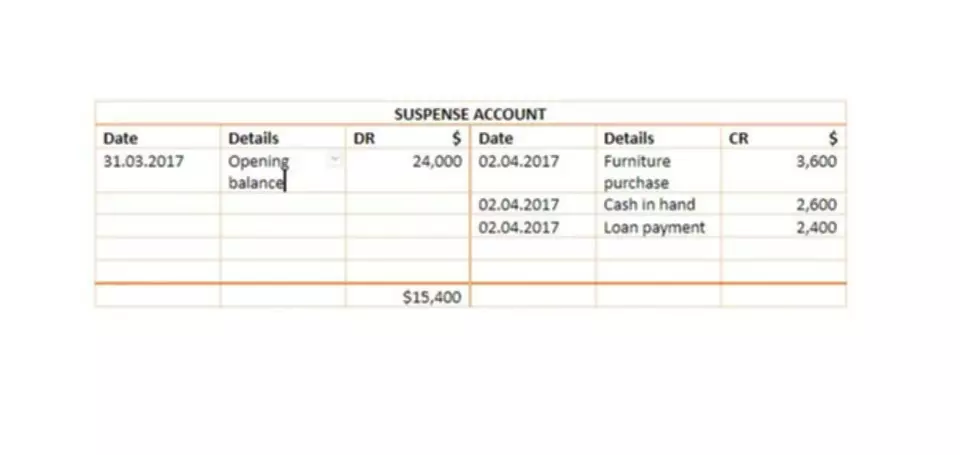
Content

Any costs that could not be reasonably allocated to the cost of production (e.g. general and administrative costs) and any abnormal wastage has been excluded from the cost of inventory. An acceptable valuation basis has been used to value inventory cost at the period end (e.g.

The same process is used when verifying accounts receivable balances. The auditor is tasked with authenticating the accounts receivable balance as reported through a variety of means, including choosing a particular accounts receivable customer and examining all related activity for that particular customer. Sufficient and appropriate disclosures have been made on related transactions, events and account balances.
Assertions are characteristics that need to be tested to ensure that financial records and disclosures are correct and appropriate. If assertions are all met for relevant transactions or balances, financial statements are appropriately recorded. Right and obligation assertion is only for balance sheet items only.CompletenessCompletenessCompletenessAll transactions, events, assets, liabilities, and equities that should have been recorded have been recorded in financial statements. Audit assertions, financial statement assertions, or management’s assertions, are the claims made by the management of the company on financial statements. The moment the financial statements are produced, the assertions or the claims of management also exist, e.g., all items in the income statement are assured to be complete and accurate, etc. Another useful approach for auditing assertions is the inspection of documents. This is because internal documents contain much of a company’s information, including its environment, assets and rights.
Cut-off has special significance when reviewing payroll and inventory levels. There are numerous audit assertion categories that auditors use to support and verify the information found in a company’s financial statements. Other complexities involve the disclosures of bond and equity securities. It is critical that the auditor obtain sufficient, competent evidence supporting the classification because the financial statement classification drives the valuation. If the security is disclosed as an investment, amortized cost is the basis; if held for sale, lower of cost or market; if trading, market value. Auditors are required by ISAs to obtain sufficient & appropriate audit evidence in respect of all material financial statement assertions.
In this article, I address audit assertions and why they are critical to the audit process. We’ll look at assertion examples and how to you can leverage these in your audit plan. Verifying bank account balances are actually owned by the business being audited. Cross-checking accounts receivable balances with sales records to confirm a sale happened on the date listed.
Financial statement assertions are claims made by companies that attest that the information on their financial statements is true and accurate. Information related to the assertions is found on corporate balance sheets, income statements, and cash flow statements. There are five assertions, including accuracy and valuation, existence, completeness, rights and obligations, and presentation and disclosure.
If the auditor finds any discrepancies with these numbers during their review of your books and records then they will issue an adverse opinion because they disagree that you have those assets. Completeness Assertion – All transactions that were supposed to be recorded have been recognized in the financial statements. When a significant risk is present, the auditor should perform procedures beyond his or her normal approach. As we previously said, when the client’s risk increases, the level of testing increases. For an auditor, relevant assertions are those where a risk of material misstatement is reasonably possible. So, magnitude (is the risk related to a material amount?) and likelihood (is it reasonably possible?) are both considered. Presentation and disclosure – The components of the financial statements are properly classified, described, and disclosed.
To be appropriate, audit evidence must be both relevant and reliable in providing support for the conclusions on which the auditor’s opinion is based. The following auditing standard is not the current version and does not reflect any amendments effective on or after December 31, 2016. The current version of the auditing standards can be found here.
There are generally five accounting assertions that the preparers of financial statements make. They are accuracy and valuation, existence, completeness, rights and obligations, and presentation and disclosure.
Similar to existence, occurrence is used to verify that recorded transactions have actually occurred. Verifying accounts receivable balances by reviewing all activity related to a given customer. Investopedia requires writers to use primary sources to support their work. These include white papers, government data, original reporting, and interviews with industry experts. We also reference original research from other reputable publishers where appropriate. You can learn more about the standards we follow in producing accurate, unbiased content in oureditorial policy.
Leave a Reply